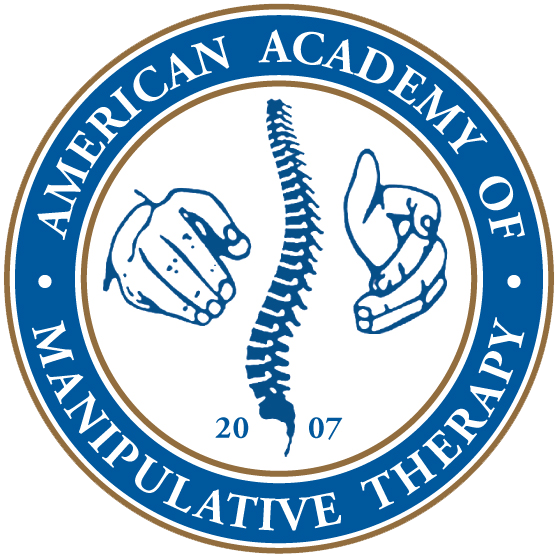SMT-3: Lumbar and Sacroiliac Dysfunction: Diagnosis & Management with HVLA Thrust Manipulation & Exercise
SMT-3 is a two-day (15 contact hours) course with an emphasis on the diagnosis and management of lumbopelvic pain syndromes including: sacroiliac joint dysfunction (innominate and sacral), post-partum pelvic pain, thoracolumbar junction syndrome, mid-lumbar facet joint syndrome, lumbosacral junction (L5/S1) syndrome, symphysis pubis dysfunction and secondary piriformis syndrome.
Advanced high-velocity low-amplitude thrust (HVLAT) manipulation procedures for the pelvic girdle will be instructed including: sacroiliac joint (innominate on sacrum) in prone, sidelying, and supine positions, as well as HVLAT manipulation of the symphysis pubis articulation. A special emphasis will be given to direct HVLAT manipulation procedures to the sacrum itself (in prone and sidelying positions) to correct sacrum on innominate dysfunctions.
Attention will also be given to three different variations of the classic lumbar roll manipulative procedure including: transverse process (mamillary process) “push” and body drop, spinous process “pull” and body drop, and the classic osteopathic “sulcus” thrust manipulation to the lumbar facet joints. Four techniques to address thoracolumbar junction (T10-L2) facet dysfunction will also be instructed: two variations in supine, one in prone, and one in side-lying.
All techniques instructed will be “direct” techniques taking the form of high-velocity low-amplitude thrust (HVLAT) manipulation. No muscle energy or other “indirect” techniques will be instructed.
The clinical diagnosis of lumbar spine instability will be explored, and this along with traditional lumbar stabilization training will be challenged using an evidence-based approach. Further, an evidence-based approach to the strength and endurance training of the lumbar multifidus muscles will be taken; that is, the most effective exercises, as shown by empirical evidence, for training of these deep lumbar transversospinals will be instructed and this will be supported and underpinned by recent MRI, CT, and ultrasound studies.
Current evidence (randomized controlled trials and systematic reviews) will be discussed to support the effectiveness of HVLAT manipulation and exercise in the treatment of acute and chronic low back pain, post-partum pelvic pain, and sacroiliac joint dysfunction. This course is 70% hands-on and 30% didactic instruction.
SMT-3 may be taken after SMT-1 has been completed; that is, completion of SMT-2 is not required before taking SMT-3.



